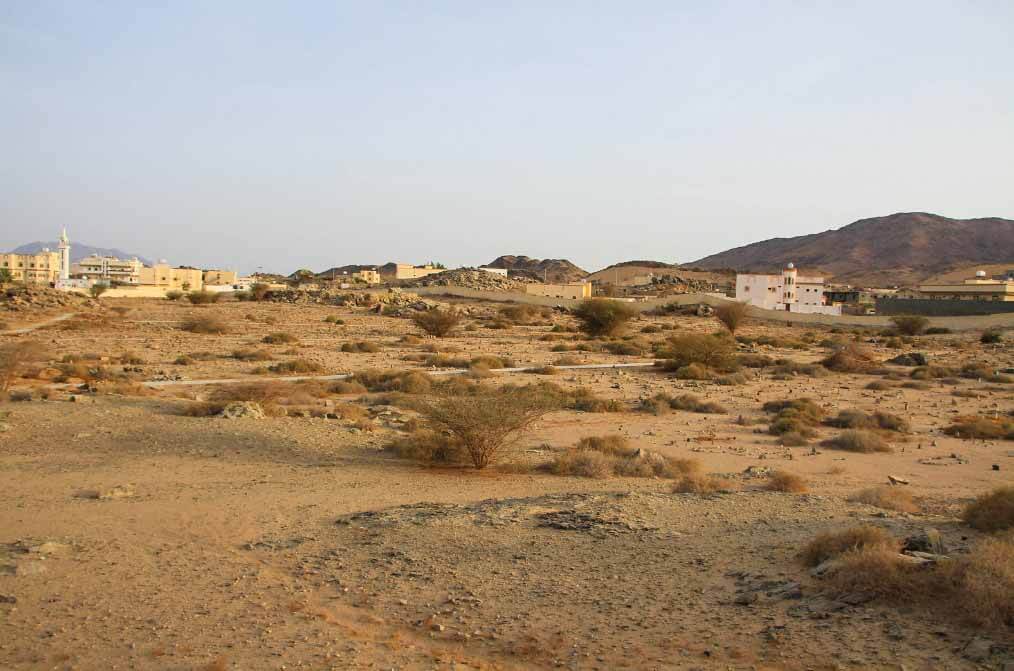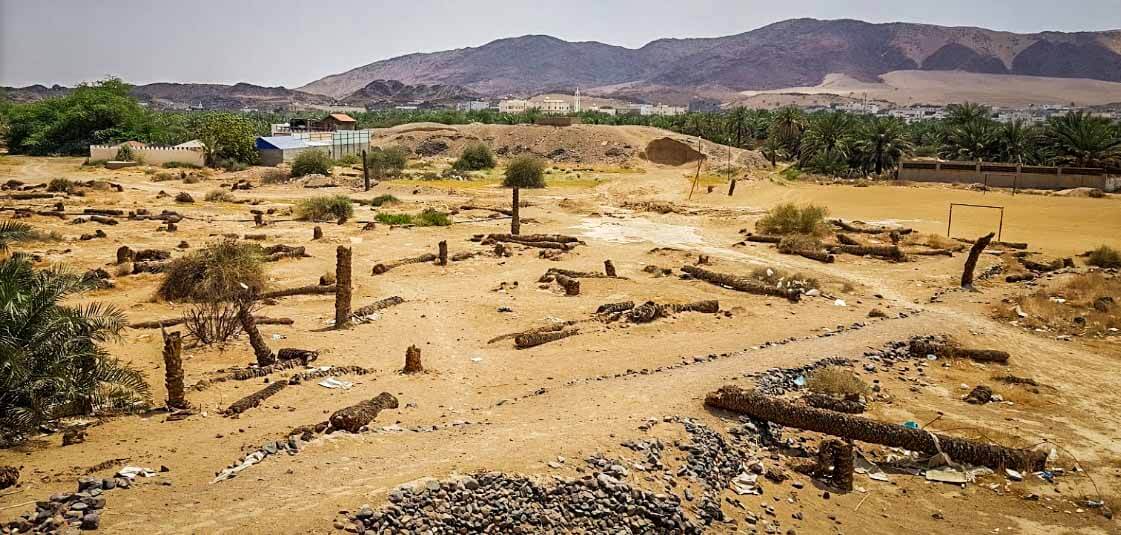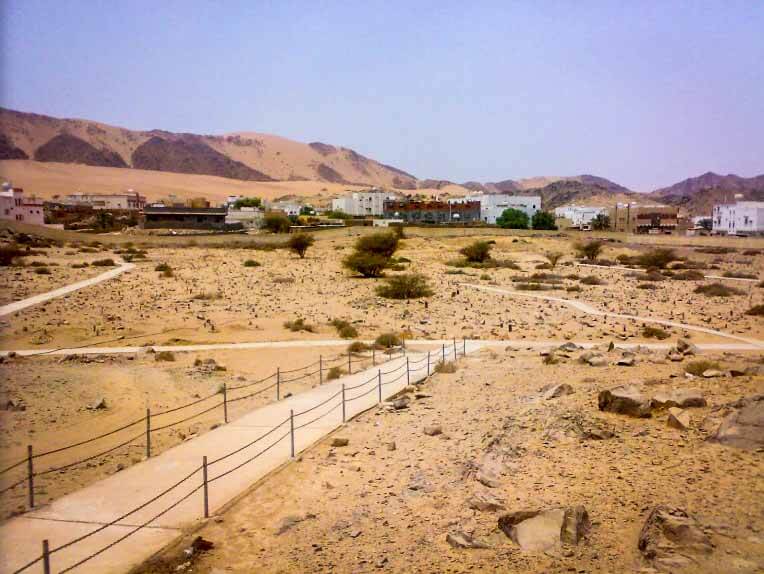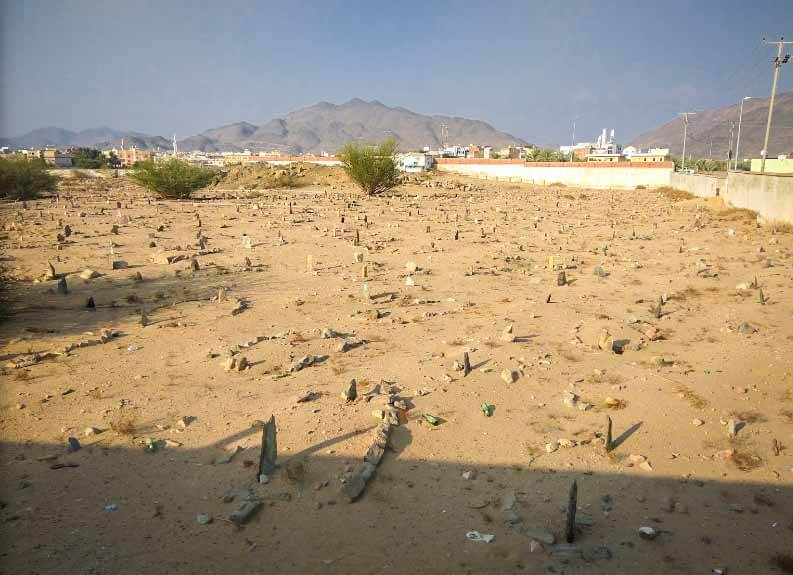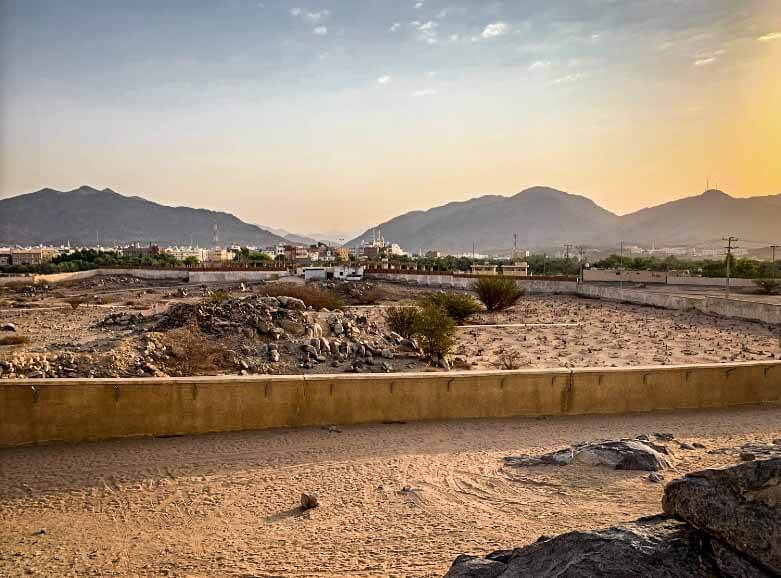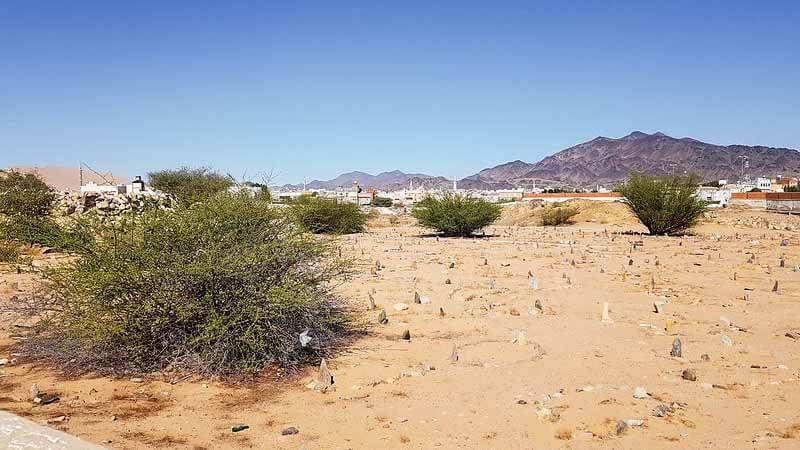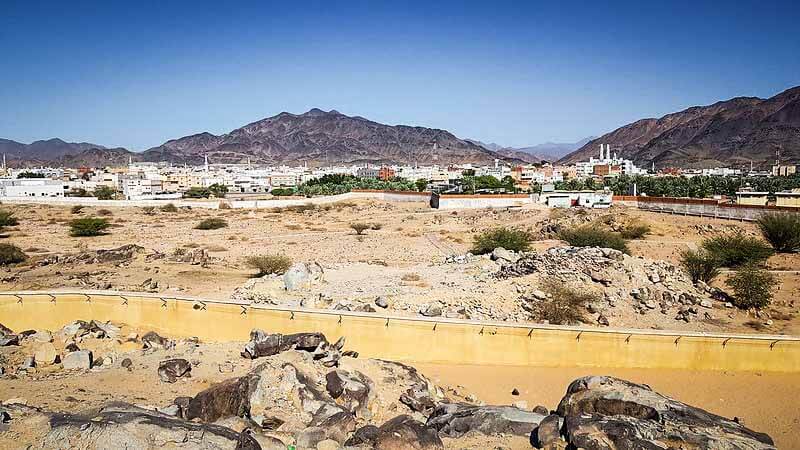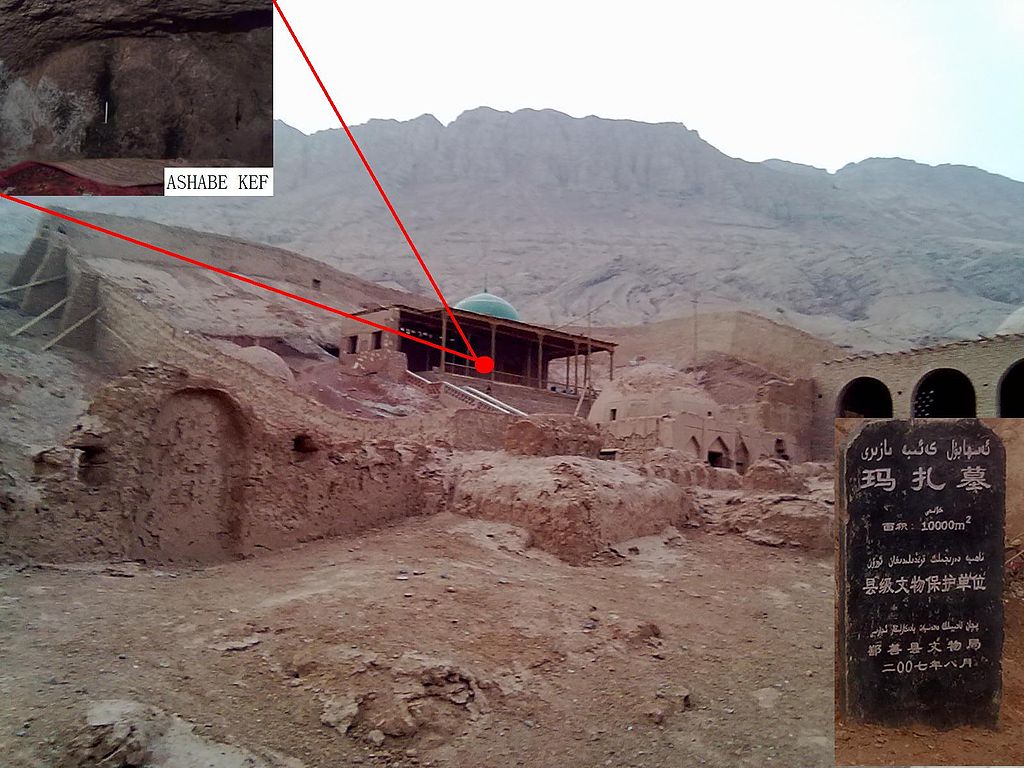Badr, Saudi Arabia
Coordinates: 23.771865, 38.789546
The Battle of Badr (Ghazwat Badr), also referred to as The Day of the Criterion (Yaum al-Furqan) in the Qur’an and by Muslims, was fought on Tuesday, 13 March 624 CE (17 Ramadan, 2 AH), near the present-day city of Badr, Al Madinah Province in Saudi Arabia.
Hz. Prophet Muhammad ﷺ, commanding an army of his Sahaba, defeated an army of the Quraysh led by Abu Jahl.
The battle marked the beginning of the six-year war between Hz. Prophet Muhammad ﷺ and his tribe.
Prior to the battle, the Muslims and the Meccans had fought several smaller skirmishes in late 623 and early 624.
Hz. Prophet Muhammad ﷺ took keen interest in capturing Meccan caravans after his migration to Medina sharif, seeing it as repayment for his people, the Muhajirun.
A few days before the battle, when he learnt of a Makkan caravan returning from the Levant led by Abu Sufyan ibn Harb, Hz. Prophet Muhammad ﷺ gathered a small expeditionary force to capture it.
Abu Sufyan, learning of the Muslim plan to ambush his caravan, changed course and took a longer route away from Hz. Prophet Muhammad’s ﷺ base at Medina and sent a messenger to Mecca, asking for help.
Abu Jahl commanded an army nearly one-thousand strong, approaching Badr and encamping at the sand dune al-Udwatul Quswa.
Badr was the first large-scale engagement between the Muslims and Qurayshite Mecca.
Advancing from the north, the Muslims faced the Meccans.
The battle began with duels between the warriors on both sides, following which the Meccans charged upon the Muslims under a cover of arrows.
The Muslims countered their charge and broke the Meccan lines, killing several important Quraishi leaders including Abu Jahl and Umayyah ibn Khalaf.
The Muslim victory strengthened Hz. Prophet Muhammad’s ﷺ position; Medinans eagerly joined his future expeditions and tribes outside Medina sharif openly allied with Hz. Prophet Muhammad ﷺ.
The battle has been passed down in Islamic history as a decisive victory attributable to divine intervention.
Battlefield
The valley of Badr is surrounded by two large sand dunes to the east, called al-‘Udwatud Dunya (the near side of the valley) and al-‘Udwatul Quswa (the far side of the valley).
The Qur’an speaks of these two in Surah 8, verse 42.
The west of the valley was covered by the al-Asfal Mountain (Jabal Al-Asfal) with an opening between it and another hill in the northwest.
Between al-‘Udwatud Dunya and al-‘Udwatul Quswa was an opening, which was the primary route to Medina sharif.
Hz. Prophet Muhammad ﷺ and his army did not approach the battlefield from here, they came from the north, as they were originally planning to target the caravan, which was moving from the Levant in the north, to Mecca in the south.
Between al-‘Udwatul Quswa and the hill covering the southern part of the battlefield was another opening, which was the primary route from Mecca.
The Quraish had encamped in the south-eastern portion of the valley near the road to Mecca, while Muhammad and his army had encamped in some date-palms in the north.
They had taken a well near the center of the western margin of al-‘Udwatul Dunya and destroyed the other wells near the road to Medina to prevent the Makkans from getting any water.
Another well situated at the end of the road to Mecca was later filled with the dead bodies of the dead Maccans.





